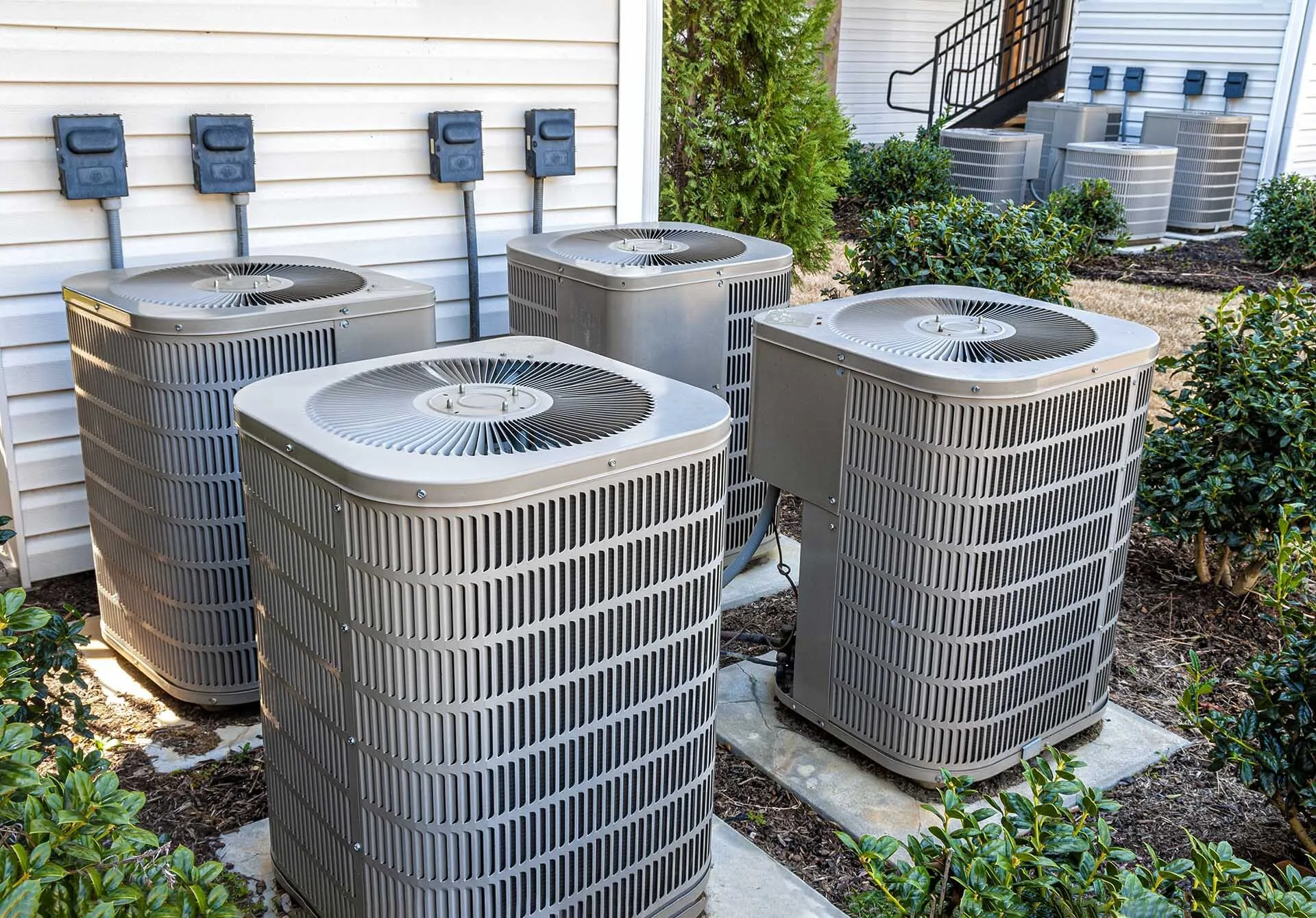Step-by-Step HVAC System Installation Guide

When it comes to home comfort, few upgrades make as big an impact as a professional HVAC system installation. Whether you're replacing old equipment or starting fresh in a new home, understanding the process can make a huge difference. In this guide, we’ll walk through each step of a standard HVAC installation, using everyday language that’s clear and helpful for homeowners.
A properly installed system not only improves indoor air quality and temperature control but also helps reduce monthly energy bills. Poor installations, on the other hand, can lead to inconsistent heating and cooling, noisy operation, and even system failures over time. That’s why getting it right from the beginning is so important.
Installing an HVAC System
Living in Okemos, MI means dealing with hot summers and freezing winters. That wide range of temperatures makes having an efficient heating and cooling system essential. Whether you're considering a central air installation, a furnace installation, or a heat pump installation, the local climate needs to be a big part of the decision-making process.
In Okemos, MI, systems must be durable enough to handle extreme conditions. An experienced HVAC team will first evaluate your home's size, layout, insulation levels, and ductwork. This helps determine the correct system size and type—too small and it won’t heat or cool your home properly; too large and you’ll waste energy and money.
Step-by-Step: What Happens During HVAC Installation
1. In-Home Assessment
The process starts with a full home evaluation. This includes measuring the square footage, checking insulation, and looking over your existing ductwork (if any). This assessment helps choose the right system—whether it’s a central air installation, furnace, or heat pump.
2. System Selection
Once the assessment is complete, the right equipment is chosen. Factors like energy efficiency, noise level, size, and brand preferences are all considered.
3. Removal of the Old Equipment
If there’s an older system in place, it’s carefully removed. This may include the indoor unit (furnace or air handler), the outdoor condenser, and any connecting parts like wiring or refrigerant lines.
4. Site Preparation
Before the new system goes in, the area is cleaned and prepared. This includes leveling surfaces, checking for proper ventilation, and ensuring clear pathways for new parts.
5. Installing the Indoor Unit
The furnace, air handler, or heat pump is installed inside the home. It’s connected to the ductwork and tested for proper airflow.
6. Installing the Outdoor Unit
The outdoor compressor or condenser is then installed on a solid, level surface. This part is connected to the indoor unit through refrigerant lines and electrical connections.
7. Thermostat and Electrical Work
A new thermostat may be installed and connected to the system. Electrical wiring is completed, and everything is double-checked for safety.
8. Testing and Final Inspection
Once everything is in place, the system is turned on and tested. Technicians will check airflow, temperature output, refrigerant levels, and thermostat communication to make sure everything runs smoothly.
Why Quality Matters in HVAC Installation
Even the highest-quality HVAC equipment won’t perform well if it’s not installed properly. Poor installation can cause uneven temperatures, high energy bills, and more wear and tear on the system. That’s why choosing a team that follows every step with care is essential.
Ecofficient Heating and Cooling ensures every project—from air conditioning installation to complete HVAC system setups—is done with precision, local knowledge, and a focus on long-term performance. Their work in Okemos, MI reflects a deep understanding of what local homes need to stay comfortable year-round.
Conclusion
Whether you’re upgrading a single part of your system or installing an entirely new setup, following a clear, step-by-step plan for HVAC installation is the key to long-term comfort. From selecting the right equipment to testing the final setup, every stage of the process matters.
For homeowners in Okemos, MI, it's also about choosing the right kind of system for both summer and winter conditions. By working with experienced installers and staying informed about each step, you can ensure your HVAC system keeps your home comfortable and energy-efficient for years to come.
Frequently Asked Questions
1. How long does HVAC installation take?
Most HVAC installations take 1 to 3 days, depending on the size of the home and the complexity of the setup.
2. What type of HVAC system is best for Michigan homes?
Systems that handle both heating and cooling well—like central air units paired with furnaces or all-in-one heat pump installations—are ideal for Michigan’s changing seasons.
3. Do I need to replace my ductwork when installing a new HVAC system?
Not always. If the ducts are in good condition and properly sized, they can often be reused. A home assessment will help determine this.
4. What’s the difference between a heat pump and a furnace?
A furnace installation uses fuel (like gas or electricity) to heat air, while a heat pump moves heat in or out of the home. Heat pumps are great for moderate climates and can both heat and cool.
5. Can I install an HVAC system myself?
It’s not recommended. HVAC installation involves complex electrical, mechanical, and safety factors. Hiring a professional ensures performance and protects your warranty.
- Art
- Causes
- Best Offers
- Crafts
- Dance
- Drinks
- Film
- Fitness
- Food
- Oyunlar
- Festival
- Gardening
- Health
- Home
- Literature
- Music
- Networking
- Other
- Party
- Religion
- Shopping
- Sports
- Theater
- Wellness



